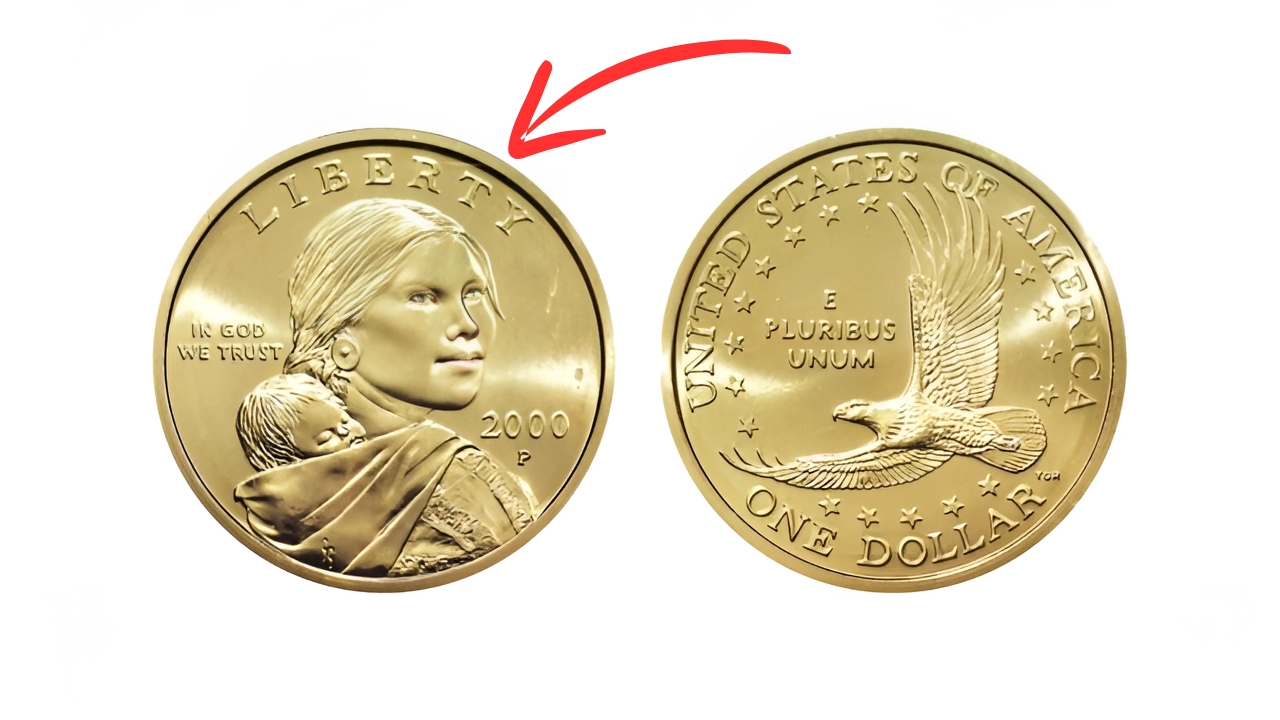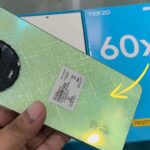The 1990s might seem like recent history to many collectors, but this decade produced several remarkable numismatic treasures that have achieved significant value in today’s market.
While most coins from this era remain common, certain issues stand out due to minting errors, low production numbers, or unique circumstances that make them highly sought after by collectors.
Understanding these valuable 1990s coins can help both seasoned numismatists and casual collectors identify potentially valuable pieces hiding in plain sight.
1995-W American Silver Eagle Proof: The Key Date Modern Classic
The 1995-W American Silver Eagle Proof stands as the undisputed champion of valuable 1990s coins, representing a perfect storm of limited production and collector demand.
This coin was exclusively available to purchasers of the 10th Anniversary American Eagle Gold and Silver Proof Set, creating an artificially low mintage that has driven values skyward in subsequent years.
With only 30,125 examples produced, the 1995-W represents the lowest mintage among all American Silver Eagle Proofs, making it the key date of the entire series.
The coin’s value has appreciated dramatically since its original issue price, with perfect PR70 examples commanding $8,000 to $12,000 or more at auction, depending on market conditions and certification service.
Even lower-grade examples maintain substantial premiums, with PR69 specimens typically selling for $3,000 to $5,000, while PR68 examples can bring $1,500 to $2,500.
The coin’s distinctive “W” mint mark from the West Point Mint, combined with its mirror-like proof finish and limited availability, creates a combination that appeals to both Silver Eagle specialists and general collectors.
The 1995-W’s value stems not only from its low mintage but also from its position as a cornerstone coin for American Silver Eagle completists.
Anyone attempting to assemble a full proof set cannot avoid this expensive key date, ensuring continued strong demand that supports high market values across all grade levels.
1992 Close AM Lincoln Cent: The Variety That Shocked Collectors
The 1992 Close AM Lincoln Cent represents one of the most significant variety discoveries of the 1990s, demonstrating that valuable coins can emerge from the most common denominations.
This variety occurs when the letters “A” and “M” in “AMERICA” on the reverse nearly touch, deviating from the standard wide spacing used on regular 1992 cents.
The Close AM variety was likely created when a reverse die intended for proof coinage was accidentally used to strike regular circulation coins.
This mixing of die types created a distinctive variety that went unnoticed for several years until sharp-eyed collectors began identifying examples in circulation and coin rolls.
Values for the 1992 Close AM vary significantly based on condition, with circulated examples bringing $25 to $100, while uncirculated specimens can command $200 to $600 or more.
The highest-grade examples, particularly those certified MS67 Red or better, have sold for over $1,000, making this variety one of the most valuable Lincoln cents of the modern era.
Authentication is crucial for this variety, as the difference between Close AM and Wide AM spacing can be subtle.
Professional grading services now recognize and certify this variety, providing collectors with confidence when purchasing these valuable cents.
The variety’s discovery relatively late in the collecting timeline means that many examples likely remain undiscovered in collections and accumulations.
1996-W $5 Smithsonian Gold Commemorative: The Ultra-Low Mintage Modern Gold
The 1996-W $5 Smithsonian Institution 150th Anniversary Gold Commemorative achieved immediate notoriety for its exceptionally low mintage of just 9,068 coins, making it one of the scarcest modern U.S. gold coins.
The coin was issued as part of a two-coin set commemorating the Smithsonian’s sesquicentennial, but poor sales resulted in the tiny production run.
Current market values for this commemorative range from $2,500 to $4,000 for typical uncirculated examples, with the finest preserved specimens commanding even higher premiums.
The coin’s value reflects both its gold content and its status as a key date in the modern commemorative series, creating demand from multiple collector constituencies.
The Smithsonian gold commemorative features beautiful designs highlighting the institution’s role in American education and culture.
The obverse depicts the Smithsonian Institution Building, while the reverse showcases a sunburst design with the inscription “FOR THE INCREASE AND DIFFUSION OF KNOWLEDGE.”
These designs, combined with the coin’s scarcity, make it a cornerstone piece for commemorative collectors.
The coin’s low mintage resulted from limited collector interest in commemoratives during the mid-1990s, when the market was saturated with numerous commemorative issues.
This market fatigue inadvertently created one of the most valuable modern gold coins, demonstrating how timing and collector sentiment can dramatically impact long-term values.
1997-P Botanic Garden Silver Dollar: The Surprising Commemorative Sleeper
The 1997-P Botanic Garden Silver Dollar initially appeared destined for obscurity, with a mintage of 57,272 that seemed adequate to meet collector demand.
However, this commemorative has emerged as a surprising performer in the modern commemorative market, with values significantly exceeding its original issue price and the performance of many contemporary commemoratives.
The coin commemorates the 175th anniversary of the United States Botanic Garden, featuring intricate designs that showcase American botanical heritage.
The obverse displays the Botanic Garden Conservatory building, while the reverse presents a detailed rose design surrounded by botanical elements, creating an aesthetically pleasing coin that appeals to both commemorative specialists and general collectors.
Current market values for the 1997-P Botanic Garden dollar range from $150 to $300 for typical uncirculated examples, with the finest specimens bringing $400 to $600 or more.
While these values may seem modest compared to other coins on this list, they represent substantial appreciation from the coin’s original issue price of around $30-35.
The coin’s steady appreciation reflects growing recognition of its attractive designs and relatively modest mintage compared to earlier 1990s commemoratives.
As collectors have gained appreciation for the coin’s artistic merit and historical significance, demand has steadily increased, supporting consistent price growth over the past decade.
Market Dynamics and Collecting Trends
The values of these 1990s rarities reflect broader trends in the numismatic market, including increased appreciation for modern issues and growing recognition that recent coins can achieve significant premiums.
The rise of professional grading services has also played a crucial role in establishing market confidence and standardizing quality assessments for these coins.
Population reports from major grading services reveal the true scarcity of high-grade examples, particularly for coins that saw circulation or were poorly handled by early collectors.
This data helps establish realistic market values and identifies the truly rare grade rarities that command the highest premiums.
90’s 4 Rare Coins worth is $78 Million each
The internet age has revolutionized discovery and marketing of these valuable 1990s coins, allowing collectors worldwide to access detailed information about varieties and rarities.
Online auctions and dealer websites have created efficient markets that support current value levels while facilitating continued discovery of scarce examples.
These four coins demonstrate that the 1990s, despite being recent history, produced legitimate numismatic rarities that rival historical issues in terms of collector demand and market values.
Their stories remind collectors that valuable coins can emerge from any era, making careful examination and research essential components of successful collecting strategies.










